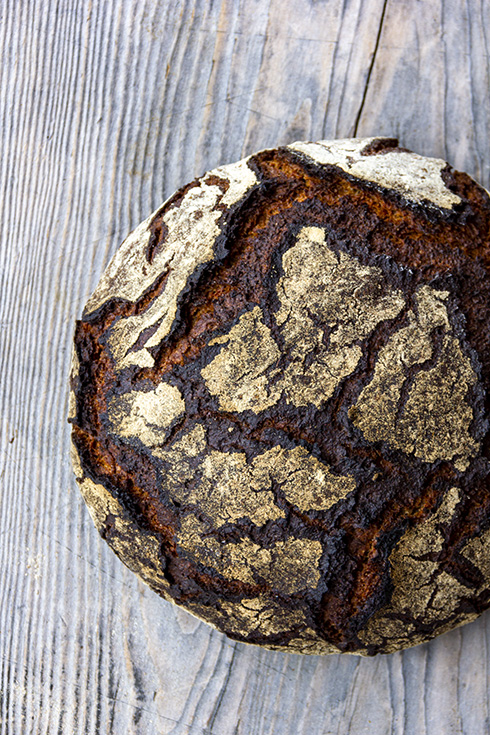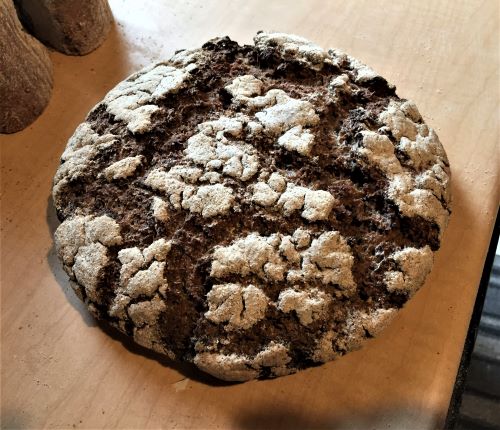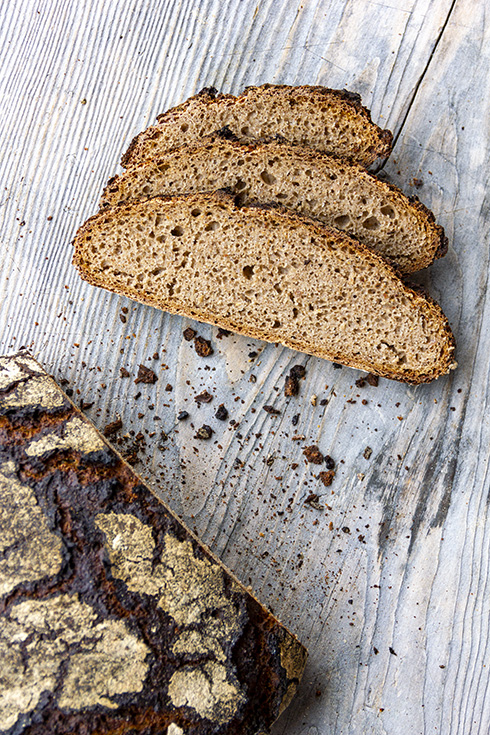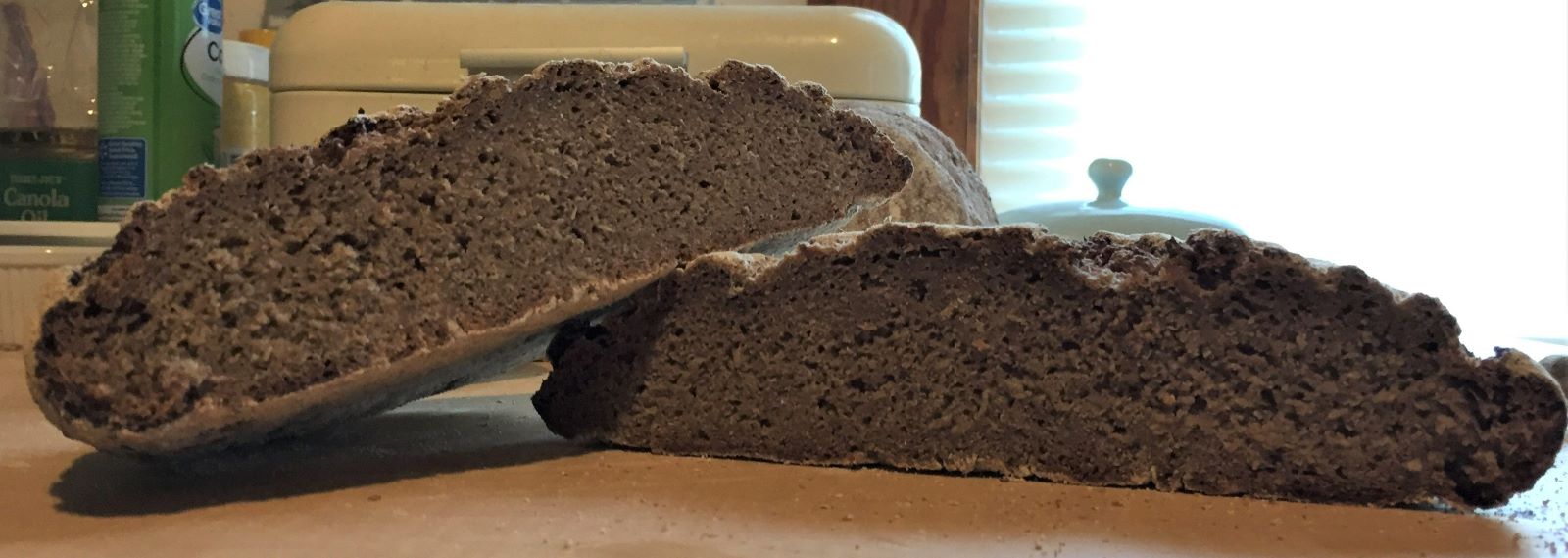
Decent rise, uniform, small holes?
Maddening to me is that I used to bake much better than I do now and can't find the reason(s) why. I was better when I knew technically less.
Among my current challenges, I get decent spring but cannot for the life of me achieve an open crumb. Not surprisingly, more so on rye but even on highly hydrated wheats, "eh."
Any diagnoses? As a model for argument, if decent spring and uniform holes, does that suggest proper proofing but rough handling during pre-shaping/shaping?
I recall something interesting that M. Rubaud said, something to the effect that flavor, character develops during bulk but gas develops during proofing. I took that to mean get a full bulk but proofing is the time to be careful and manage for leavening.
Thoughts?
Thanks,















